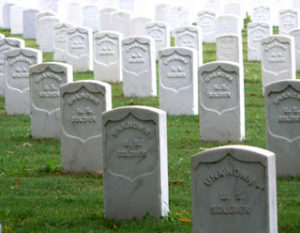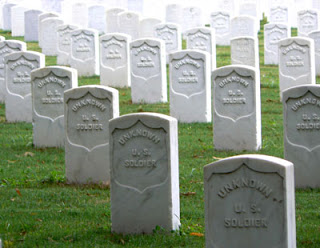On a sunny day in November 1867, Chauncey Thomas, Jr. went for a walk. It was the first time the Naval Academy midshipman had been granted “liberty” to leave USS Constitution and the Academy grounds, and he was eager to explore Annapolis.
He and a friend first climbed the twisting staircase to the dome of the Maryland Statehouse, perched on its hill above State Circle. Writing to his father later in the day, the New York native explained that “the view from the steeple is a fine one, but it gave me a thorough disgust for Annapolis. Maryland must be very bad off, as far as cities are concerned, if she cannot find a better and more important place, for its capital, than Annapolis.” The town had suffered in the Civil War, and two years of peace did little to improve its prospects. The same could be said for much of the country, trampled by the marching and countermarching of armies.
It is hard to escape the spirit of one’s age, and for young people growing up in the 1860s, the prevailing attitude was one of sorrow. In England, Queen Victoria’s longtime consort Prince Albert died in December 1861, plunging the court and the nation into mourning. In the United States, the opening shots of the Civil War ushered in four years of death and destruction on a scale never rivaled in American history.
For Thomas and his contemporaries, the appreciation of all that was sublime, picturesque, and wild, a sensibility that had guided the aesthetics of their parents’ generation, had begun to give way before the sadness and horror of their times. The recent upheavals produced a peculiar fascination with realism and instigated an interest in morbidity that pervaded the culture.
After Thomas and his companion left the capitol, “we started out into the country and after walking a mile or two we found a soldier’s cemetery, in which I should think about 1,000 men are buried. They died in a camp which, during the war, was a few miles from the city. At the head of each grave was the name of the occupant, regiment, company, and time of death, painted on a board. One of the graves had on its head-board ‘Unknown.’ That word sent a feeling of sadness over me, and, as I thought of the thousands of graves in the south marked with that same sad word, ‘Unknown,’ I mentally cursed the few ambitious men who were the cause of this loss of life, and who still go unpunished. I am almost ashamed of my country. The cemetery contained men from most all the Northern states.”

He had stumbled on what in later years would become Annapolis National Cemetery. Located on the outskirts of Camp Parole, a Union Army training depot and holding station for paroled Union prisoners awaiting transfer back to their units or home, the cemetery was the final resting place of all the men who succumbed to the camp’s unsanitary living conditions. The camp closed in July 1865, but the dead are still there. The wooden markers have disappeared, replaced by marble headstones. Too many of them still bear the inscription “unknown.”
But life contains shadow and light in equal measure, even for a Victorian youth.
Leaving the cemetery and his melancholy thoughts behind, Thomas returned to campus just in time to watch the “closing scenes of a base-ball match, between the first nine of the 3rd class and the first nine of my own class. Owing to several of our men being on the ‘sick list,’ they beat us, but it was close work the score being 14 to 16 and had they played nine innings we would have beaten them.”
From contemplating the wastefulness of the late war to enjoying the national pastime, Chauncey Thomas’ perambulations were more that a jaunt in the country, they were an exploration of the American spirit in microcosm- always questioning, always improving, always in pursuit of happiness, despite transient setbacks.
Each Memorial Day, let us appreciate the sacrifices of all the men and women who have delivered their lives into the hands of their country, and realize they did so to give joy and peace and prosperity to the next generation.
The Author(s)
Matthew Brenckle
Research Historian, USS Constitution Museum
Matthew Brenckle was the Research Historian at the USS Constitution Museum from 2006 to 2016.
